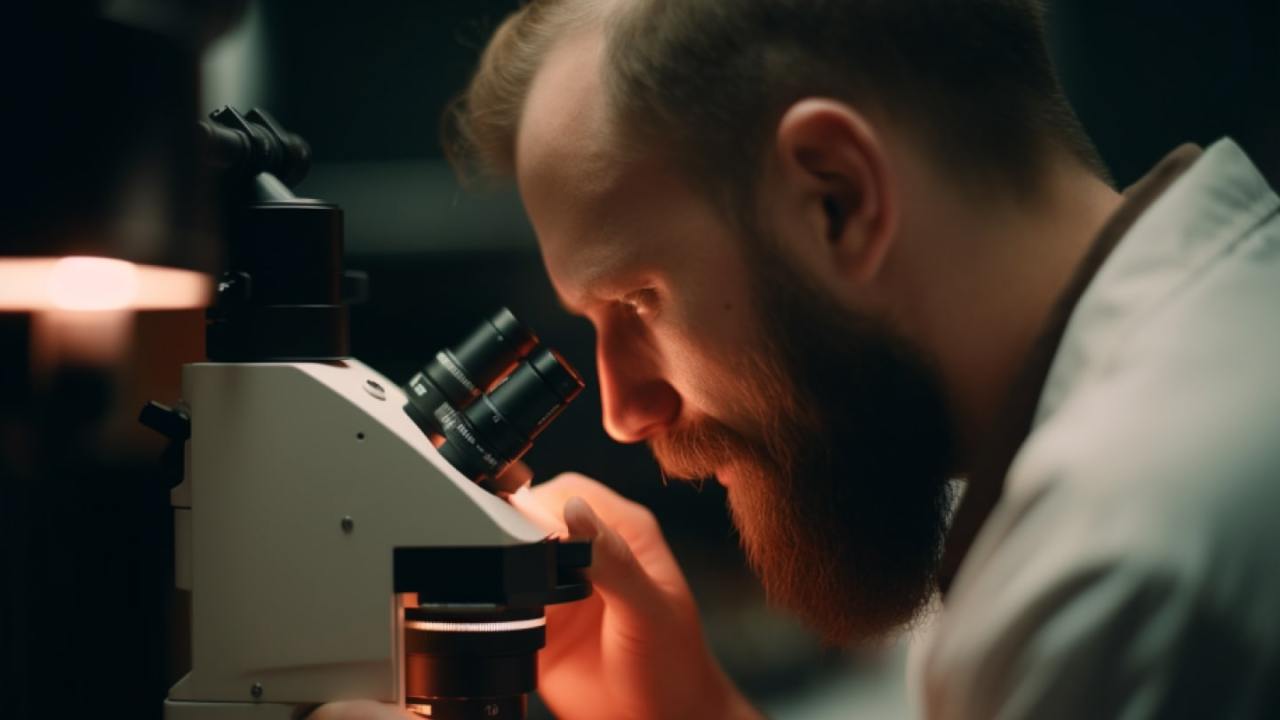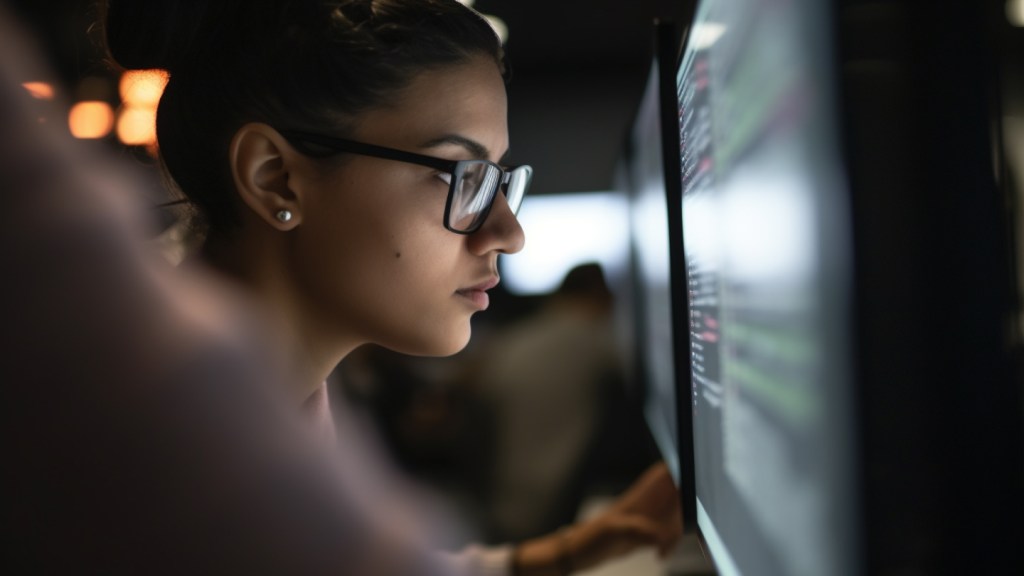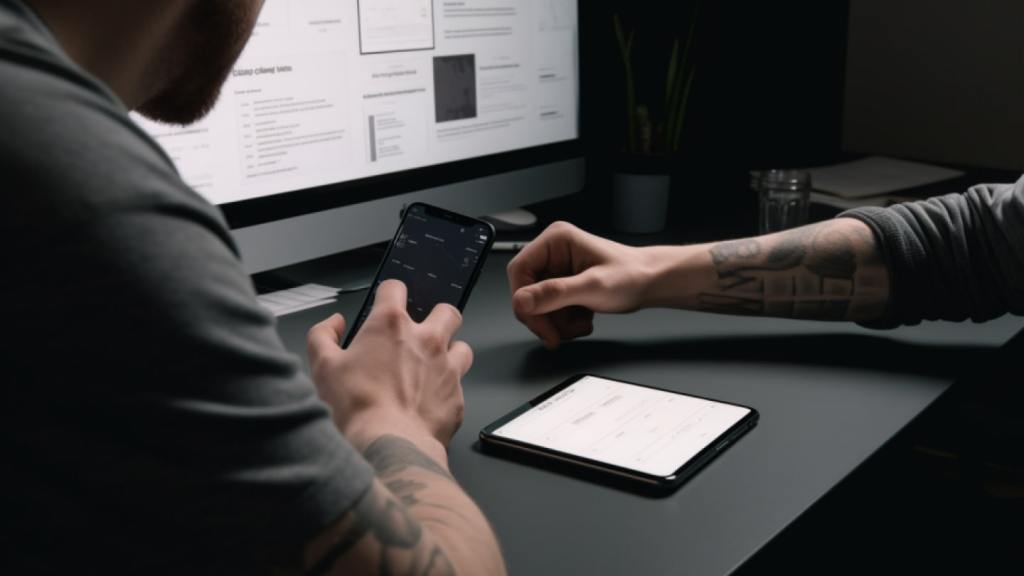What is so interesting about Experiment Driven Design?
Let us first look at a case study to understand how experiment-driven design helps companies achieve their business goals.
A global cruise vacation company that controls and operates four global brands with a combined total of 59 ships with an additional 15 on order wanted an app for its guests which allows them to manage their trip, find exciting experiences and memorable meals, and even enter their room without needing to pull out their keys. Since the client operates diverse itineraries around the world that call on all seven continents, the challenge was huge.
The good thing was the client knew the value of experiment-driven design — it’s been at the core of their business from the beginning! The company offering solutions worked closely with the client’s digital innovation team and experimented on how technology can usher in the next generation of guest experiences. The company also worked through an innovation backlog consisting of new technologies (including VR, facial recognition, Apple Watch, and beacons) and existing friction points, quickly working through possibilities to find and refine the best solutions.
With a lot of learning on which technology to choose and which to avoid and a rigorous experimentation for six weeks with different designs, the company finally delivered motion design prototypes to the client’s production team, allowing them to quickly move into development and ship working software to their guests. Experiment-driven design helped both the client and the company to achieve the desired goal.
So, what’s so interesting about experiment-driven design?
Unlike other design processes (such as user-centered design, process-centered design, etc.), experimentation is kept at the center of each process in experiment-driven design.
Why?
Because design is about learning, not implementing. This doesn’t mean that the hypothesis behind the experiment isn’t user-centered or business-centered—it can be either or both.
All it means is that the primary outcome of each cycle is learning. Actual business results are welcomed, and can even be expected, but the experiment only fails if you did not learn anything.
Consider the above case study and observe how the company experimented with different technologies, learned what was working and what’s not and eventually imbibed ideas like High-fidelity design prototypes, including motion design to overcome client’s challenges. The core of any experiment-driven design is always the learning that each stakeholder gets from experimentation, discovering which experiment will work and more importantly which will not, as it becomes the basis of further experimentation.
Putting Experiment-Driven Design to work
Experiment-Driven Design is more than a thought. It’s meant to be put into practice and provide a sense of control in chaotic environments.
One way to apply it is retroactively. Look at your existing project. What are the experiments underway? What phase are you in for each of them? Are you going through the cycles as quickly as possible? Are you working collaboratively throughout? Doing this retrospective analysis might give you more clarity around what’s going on.
The other way is to apply it with intention to new projects. In the mentioned case study, the company adopted the second approach and invested in the outcome that it expects from the experiment process. Interaction design, UI design, UI animation, design prototyping, usability testing were put to use to reach the desired outcome.
We at Philosophie and InfoBeans have learned a lot about how to implement Experiment-Driven Design in organizations from enormous to tiny, and are happy to share some tactics with you. Please reach out to us on ux@infobeans.com for any questions.










